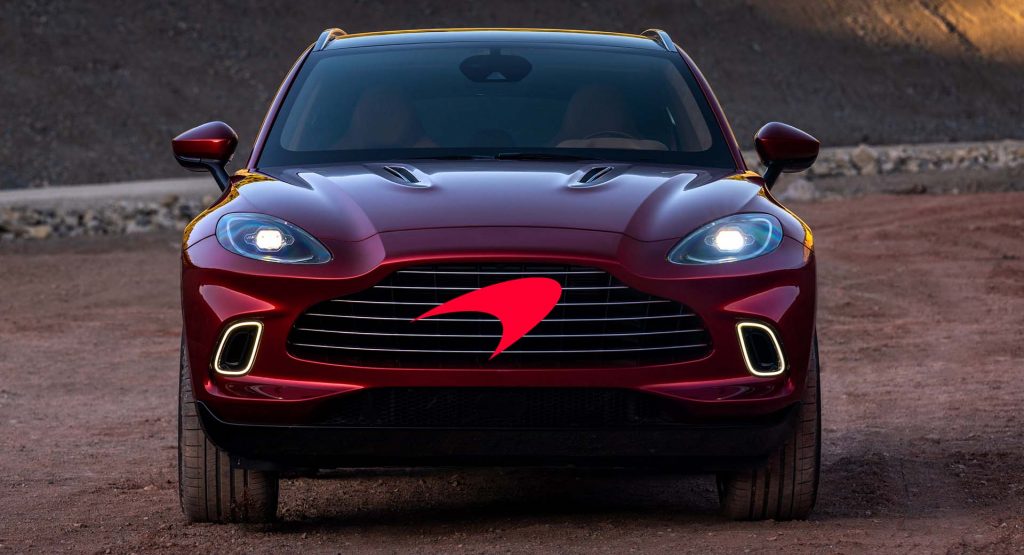McLaren building an SUV is like me fixing that annoying slow coolant leak on my old daily driver. Both of us are putting off tackling the job because things are kind of manageable at the minute, but we’re going to have to get round to it at some point, and preferably soon, to avoid disaster down the road.
Supercars might be look, sexier, handle better and just be plain cooler, but rich people want SUVs and car companies want to make money. Just look at the spectacular effects cars like the Urus and DBX have had on Aston Martin and Lambo’s bottom lines.
Neither of those SUVs is as exciting to drive as the two-seat stuff made by each company, but they are still fast and fun to punt about, and they look and feel in keeping with the spirit of their sports car siblings. The supercar market is already crowded, McLaren’s product range is too narrow in principle, if not in price, it stretching from $225 to 10 times that, and the bigger growth area is in SUV-type cars.
The company’s former CEO, Mike Flewitt, who recently departed at short notice after presiding over a tricky time for the marque wasn’t keen. Neither was former Ferrari boss Luca di Montezemelo, if you remember. But Montezemelo is long gone, and the Purosangue crossover, the first four-door production Ferrari, is well down the path to production. It’s guaranteed to make the Italians a stack of cash. Now the path is at least partially clear for McLaren to follow.
Related: McLaren Teases Electric Racing SUV For ‘Extreme E’ Series
View this post on Instagram
You might argue that McLaren has only ever built mid-engined cars, so it’s more of a stretch, both physically and philosophically, to start building SUVs. Aston, Ferrari, Lamborghini and Porsche can at least claim to have built luxury, four-seat, front-engined GTs at some point in their histories. And McLaren’s whole identity is bound upon in racing, which SUVs aren’t renowned for, although its entry into the Extreme E electric off-road series next year should offer some kind of salvo.
Ultimately, that’s all pointless hand-wringing. The big issue isn’t whether it should build one, because it has to, but with whom. McLaren’s problem is that it doesn’t have a sugar-daddy mass-market OEM with which to share technology and platforms. Lamborghini, Bentley and Porsche are all tied in to the VW empire, and have each done a great job of disguising the commonality with bespoke styling, interiors and chassis tunes. But Ferrari, Aston and Lotus all have their own proprietary SUV platforms ready or in development, and at least one should be open to an approach.
So whose door should McLaren knock first?








